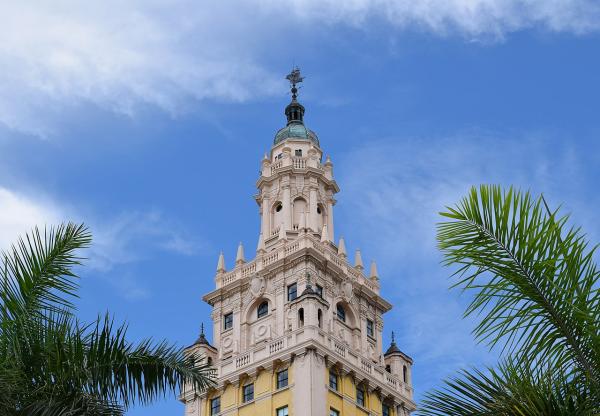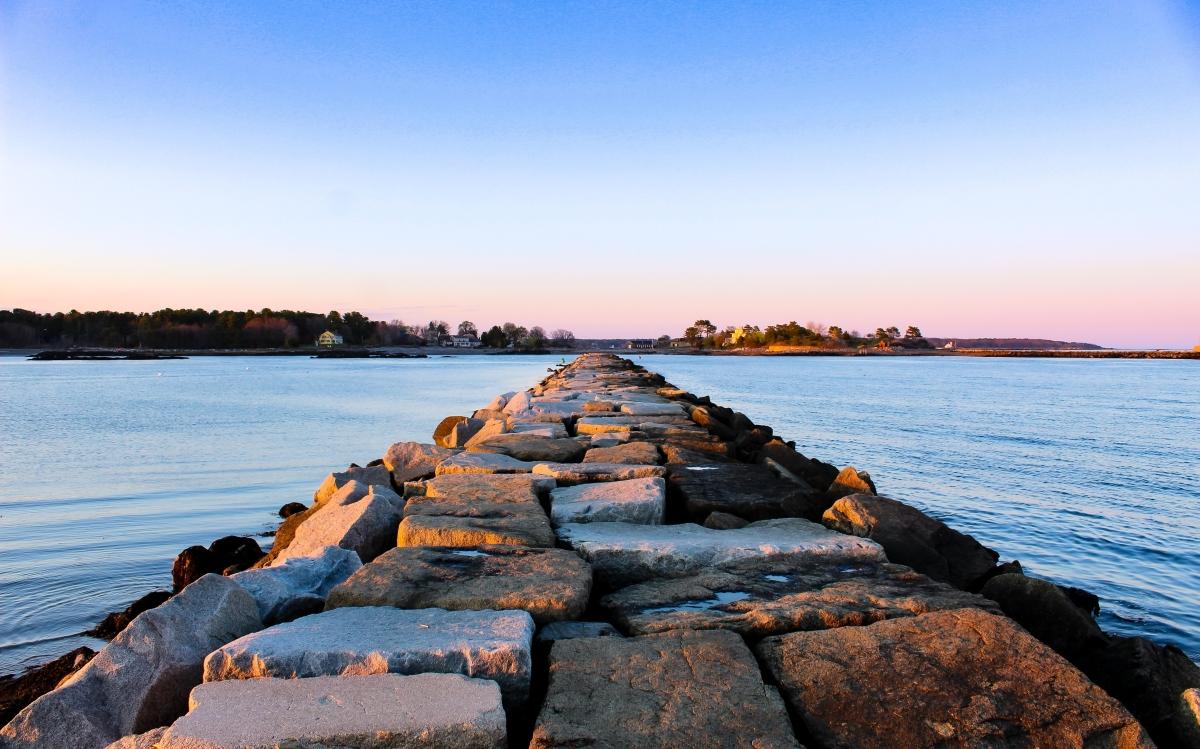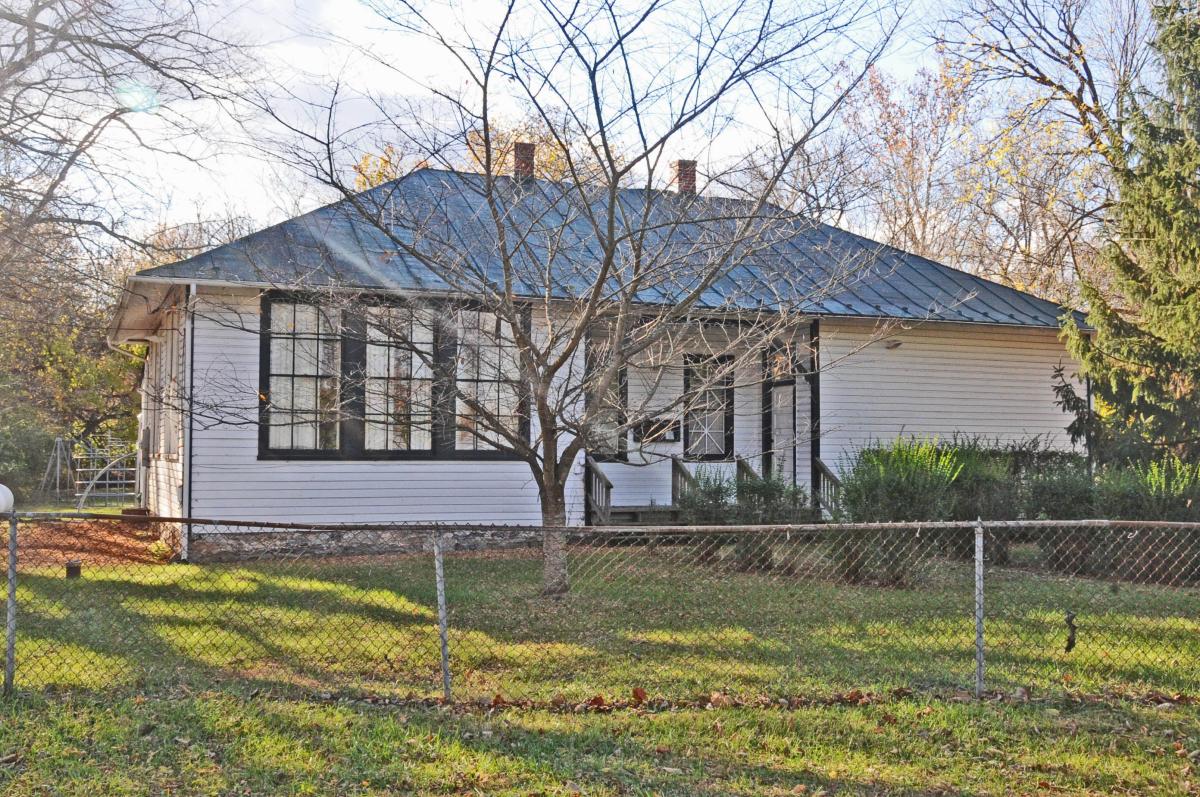Telling the United States’ Full History Through Preservation

The Freedom Tower, Miami, FL. Miami Dade College received a Telling the Full History grant for architectural and interpretive planning.
© Radomianin / Wikimedia Commons / CC BY-SA 4.0, Public domain, via Wikimedia Commons

The Freedom Tower, Miami, FL. Miami Dade College received a Telling the Full History grant for architectural and interpretive planning.
© Radomianin / Wikimedia Commons / CC BY-SA 4.0, Public domain, via Wikimedia Commons
For more than 70 years, the National Trust for Historic Preservation has been protecting the places where our nation’s history happened. A recipient of the National Humanities Medal, the National Trust has supports the preservation of hundreds of landmarks, maintains a collection of more than 60,000 historic objects, and reinvigorates main streets in communities from coast to coast. Since 1970, the National Endowment for the Humanities (NEH) has supported the National Trust’s work as a leading nonprofit organization working in preservation and, in 2022, the National Trust and NEH announced the Telling the Full History Preservation Fund. Made possible by a grant through the Sustaining the Humanities though the American Rescue Plan (SHARP) initiative, the Telling the Full History program awarded $2.5 million in grants to 80 organizations across 39 states to help them recover from the pandemic, investing in the preservation and interpretation of historic places of significance to underrepresented communities.
Grants were awarded in four categories: research, planning, and implementation of interpretation programs; research and documentation for historic designation; architectural design and planning for site preservation and activation; and training workshops for site interpretation and preservation. The Telling the Full History program, and the sites and organizations who received awards, reflect the value of preservation in understanding complex histories and the impact of place-based education for communities. Learn more about five projects supported by Telling the Full History grants, including resources now available for exploring communities across America, below, and click here for a complete list of awardees and an interactive map to find projects in your area.
In March 2023, the Center for the Humanities at the University of New Hampshire launched Homelands: Augmented Reality, a free-to-use app and accompanying resource guide that bring to life thousands of years of Abenaki lifeways, sharing the past, present, and future of Indigenous stewardship traditions and culture across three partner sites on N’dakinna, the homelands of the Abenaki, Pennacook, and Wabanaki Peoples. As visitors to Odiorne Point State Park, Star Island, and the Strawbery Banke Museum explore the region’s scenic trails, coastal beaches, and historic gardens—all mapped within the app—Homelands’ detailed illustrations will show moments of Abenaki life, from Adebaskadon (wooly mammoth) hunts dating back 13,000 years, to family life and childhood play in the pre-contact period of 300–1600 A.D., and on to contemporary work by the Cowasuck Band of the Pennacook-Abenaki People to teach wigwam construction to the local community
Since 2013, the Shenandoah Valley Black Heritage Project (SVBHP) has been “recovering, sharing, centralizing and expanding” the history of African Americans in the Shenandoah Valley, creating resources and engaging cultural programs for the public to learn about this often untold story of the region. A collective of local historians, writers, educators, descendants, neighborhood associations and community members, the SVBHP was awarded a Telling the Full History grant for the Roots Run Deep program of self-guided tours. Offered as walking or driving tours, Roots Run Deep introduces visitors to historic businesses, schools, burial grounds, and African American churches in eight Shenandoah Valley counties. In addition to receiving a Telling the Full History grant, SVBHP received a SHARP grant from Virginia Humanities for the project. The SVBHP also produces a speaker series, operates Heritage Center events, and hosts research presentations.
“A Forgotten Community: A Tour of Portland’s Lost Japanese American Community”
Japanese American Museum of Oregon & the Architectural Heritage Center | Portland, OR
In Portland, Oregon, the Japanese American Museum of Oregon (JAMO) and the Architectural Heritage Center (AHC) received a Telling the Full History grant to collaborate on “A Forgotten Community: A Tour of Portland’s Lost Japanese American Community,” an interactive digital story map highlighting 20 locations in the northwest of the city. Through the combined expertise of JAMO as a preserver of the culture and history of the Pacific Northwest’s Nikkei – Japanese emigrants and their descendants – and AHC as an educator and conservator of local historic buildings, “A Forgotten Community” weaves together the many stories, and central sites, of Japantown—Nihonmachi, in Japanese. The story map takes readers on a journey from the arrival of Japanese immigrants in the early 1900s, to the development of Nihonmachi as a vibrant hub for the community, and through the devastating impact of Executive Order 9066, from which the neighborhood never fully recovered. Explore the digital map, or take a walking tour of Old Town, and learn the stories of just a few of the people and businesses that made up Nihonmachi.
For more than 80 years, the South Side Community Art Center (SSCAC) in Chicago, Illinois, has been an artistic, cultural, and educational hub for the city. Formally dedicated as an arts center in the historic Bronzeville neighborhood in 1941 by the Works Progress Administration’s Federal Art Project, SSCAC helps highlight and support emerging African American artists, and offers exhibitions, lectures, and classes for the broader community. It has been instrumental in showcasing the work of artists such as poet Gwendolyn Brooks, Life photographer Gordon Parks, and artists Dr. Margaret Taylor Burroughs, Archibald Motley Jr., and Charles Wilbert White. The oldest African American art center in the United States, SSCAC has been named a Chicago Historic Landmark and a “National Treasure” by the National Trust for Historic Preservation. SSCAC is the only Works Progress Administration art center still operating as established in its original building, a 3 ½-story Classical Revival home constructed in 1892. Grant funds from the Telling the Full History program will allow SSCAC to develop a preservation, rehabilitation, and renovation plan for the historic building so that the center can continue to serve the community for a gathering place for humanities programming and events.
Rinconcito de Esperanza: Develop Public Programs and Educational Materials
In San Antonio, Texas, the Esperanza Peace and Justice Center is a community-based arts and cultural organization that preserves the city’s unique cultural heritage and historic sites and produces public programming that promotes cross-cultural understanding through art, dialogue, and action. Founded in 1987, Esperanza has served as an advocate for its community members, while providing a full calendar of events and educational opportunities, guided by the belief that, “to participate fully in democratic civic life, individuals must be culturally grounded, confident of their own voices, and certain of the value of their contributions.” Esperanza was awarded a Telling the Full History grant to develop public programs and educational materials for the Rinconcito de Esperanza (“Little Corner of Hope”), a designated San Antonio Historic District and the central site of their Westside programming, including oral history gatherings and the Fotohistorias del Westside, a street museum of the community’s donated historic photographs. In 2022, Esperanza was awarded an NEH Infrastructure and Capacity Building Challenge Grant to support the preservation and rehabilitation of seven buildings at the Rinconcito de Esperanza.

